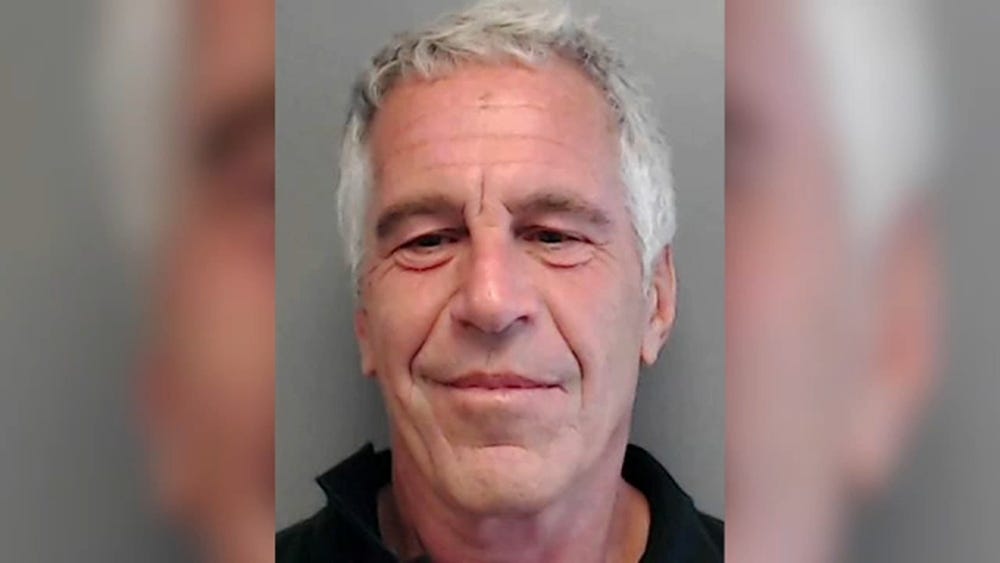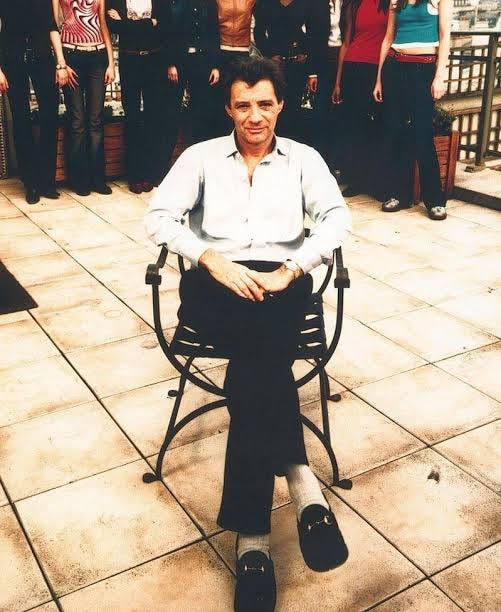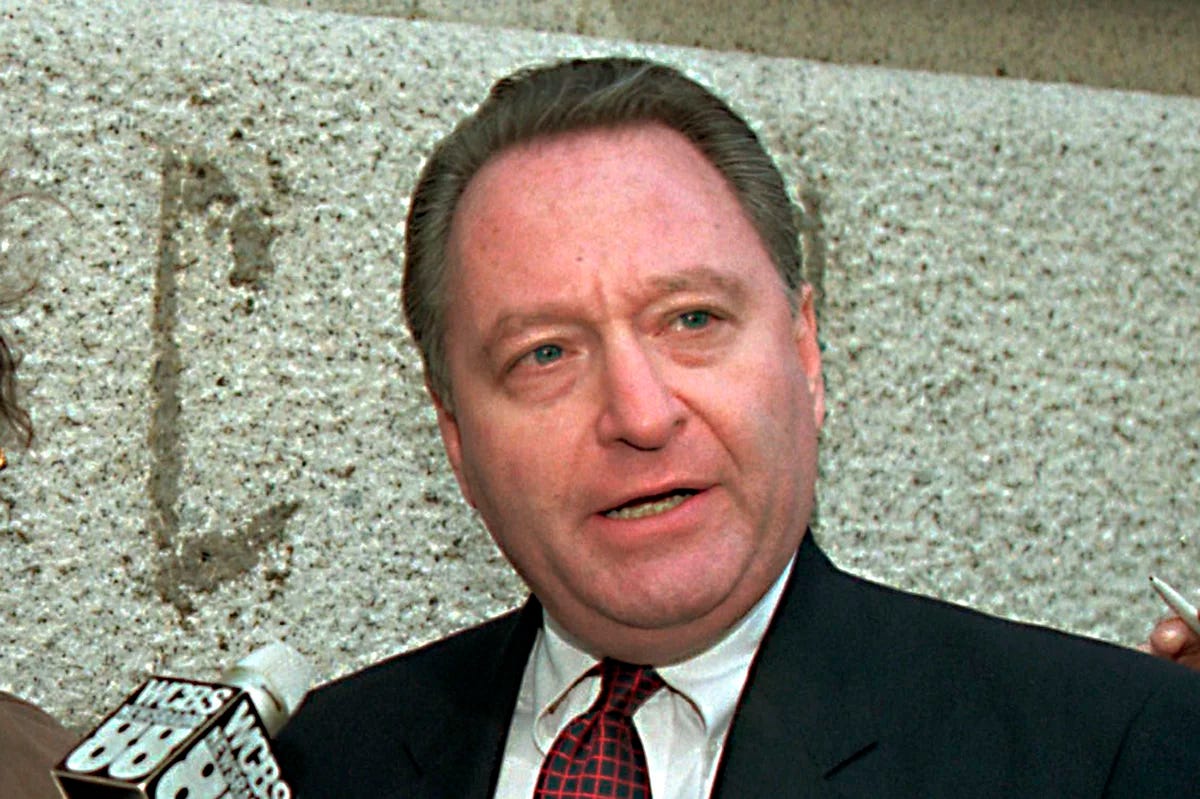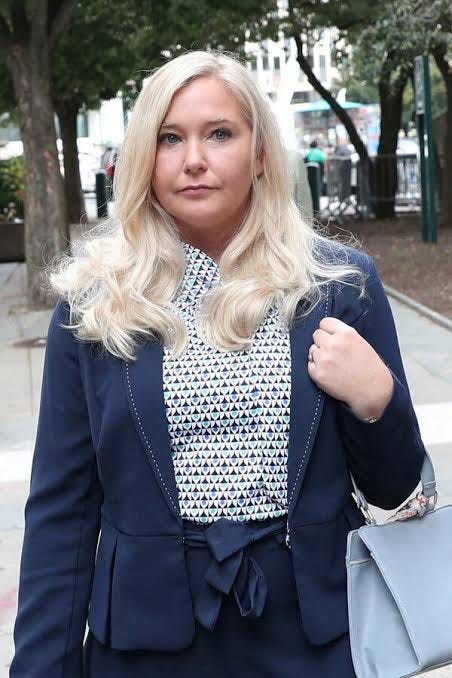They said Epstein killed himself, and the world laughed—grimly, bitterly, with the kind of hollow disbelief usually reserved for magic tricks and rigged elections. The security cameras failed. The guards nodded off. The cellmate was gone. The autopsy looked more like a crime scene from a mob movie. But they still told us, with flat bureaucratic certainty, that it was suicide. That was the story we were asked to swallow. And then it happened again. And again. And again. And again.
Jeffrey Epstein’s death in 2019 was supposed to be the end of the story. It wasn’t. It was the beginning of a cover-up so obvious that it barely needed effort. One by one, people connected to Epstein’s orbit—his recruiters, his fixers, his former friends, even his most outspoken survivor—began turning up dead. Always quietly. Always at moments when they were most dangerous. Always ruled a suicide. Or, in the case of Steve Hoffenberg, an “undetermined natural death” that somehow left him decomposing in his Connecticut apartment after telling people he feared he wouldn’t make it to court.
Jean-Luc Brunel was found hanged in his Paris jail cell, just like Epstein. Brunel ran a global modeling agency that allegedly funneled underage girls directly to Epstein. He was about to go to trial. The French authorities said there was no camera footage inside his cell. They called it a suicide and walked away. That’s two. Two bodies. Two missing frames of video. And still no clients named.
Then came Mark Middleton, the former White House aide who arranged Jeffrey Epstein’s visits to the Clinton administration. His body was found hanging with a shotgun blast to the chest. A shotgun was found 30 feet from the body. The local sheriff ruled it a suicide. The family sealed the records. The national media didn’t blink. The fact that Middleton could have testified about Epstein’s early access to political elites simply vanished along with him.
Steve Hoffenberg, Epstein’s old financial mentor, had begun talking. He claimed Epstein was the true architect of the Ponzi scheme that put him in prison for 18 years. Hoffenberg had dirt, connections, memories. He was preparing to go public. Instead, his body was found rotting alone in a Connecticut apartment. Too decomposed for a traditional autopsy. Cause of death? “Undetermined.” But convenient. Very, very convenient.
And then came the final blow. The one that felt like punishment. Virginia Giuffre. The face of survival. The woman who sued Prince Andrew. The woman who pointed to the men and said: I was trafficked to them. She was found dead on April 25, 2025, on her farm in Western Australia. The authorities called it suicide. Her father said, bluntly, “somebody got to her.” And still, the world turned away. No media storm. No forensic reinvestigation. No protective outrage from the global elites who once pretended to care. Just a quiet burial and a vanishing act.
That’s five. Five people who could have cracked the case open from the inside. Five deaths that eliminated risk for everyone who mattered. Epstein himself. His global recruiter. His financial link. His political gateway. His most public accuser. All gone. Each death happening under shadowy, unlikely, and poorly investigated circumstances. And each one followed by the same cold bureaucratic shrug: suicide, suicide, suicide.
This isn’t a conspiracy theory. This is a system cleaning up after itself. You don’t need to believe in secret societies or coded handshakes to see what’s right in front of your face: when justice threatens power, it dies. Not metaphorically. Literally. And in this case, repeatedly.
There is no Epstein client list because the list is protected. Not by law, but by the accumulation of silence. By sealed court records. By prosecutors who disappear into government jobs. By media companies that spike stories. By a public so exhausted by institutional betrayal that they no longer know where to scream. And above all, by corpses.
The people who might’ve told the truth are gone. Their names live on in whispers and footnotes. Their deaths are filed away as “unfortunate” or “tragic,” but not suspicious. Not to the authorities, anyway. The rest of us?
We see the pattern.
If you’re tired of sanitized headlines and stories that stop just short of the truth, subscribe to Closer to the Edge. We don’t flinch. We don’t redact. We follow the bodies, ask the questions no one else will, and name the patterns the powerful would rather bury.
This post has been syndicated from Closer to the Edge, where it was published under this address.






